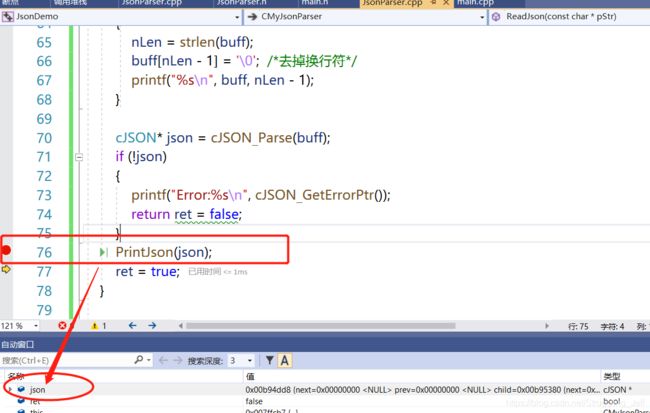小白搞定cJSON解析库
一、拿到解析库文件。
这里,我就到交友圣地github下载好这个C语言开源项目。
其作者在Usage开头介绍到cJSON意图成为最 dumb的json解析器,以至于它简单到只有一个源文件和一个头文件,我们可以直接包含到自己工程里面使用。
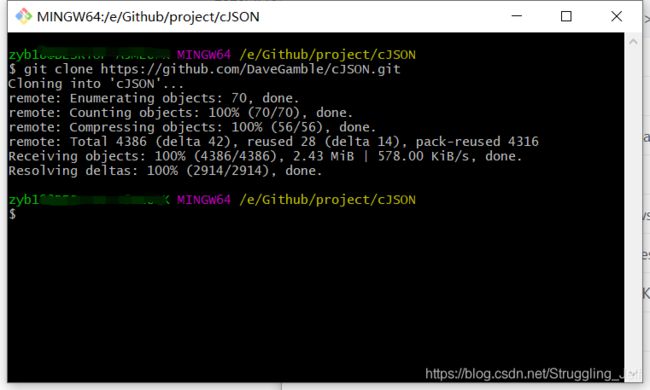
二、创建demo程序。
测试环境:Win10 + VS2019
a).两个文件包含到我们测试程序中,并且创建一个工具类CMyJsonParser: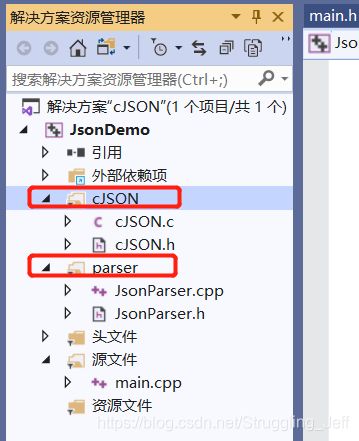
b).解析类里添加Write()和Read()方法:
#pragma once
#include "../cJSON/cJSON.h"
class CMyJsonParser
{
public:
CMyJsonParser();
~CMyJsonParser();
public:
bool WriteJson(const char* pStr);
bool ReadJson(const char* pStr);
void PrintJson(cJSON* root);
};
c).实现这三个关键方法:
#include "JsonParser.h"
#include 三、测试看看。
a).Write.
#include "main.h"
#include "JsonParser.h"
int main()
{
CMyJsonParser parser;
const char* str = ".\\test.json";
parser.WriteJson(str);
cin.get();
return 0;
}
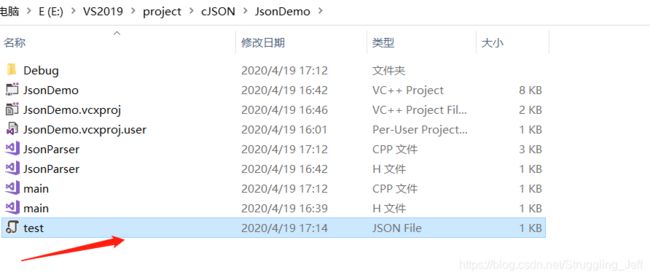

这样看不明觉厉,复制到https://www.json.cn/
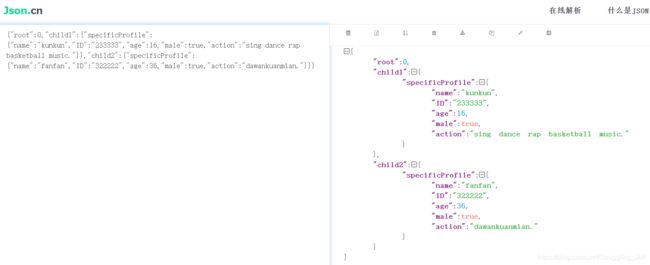
b).Read.
int main()
{
CMyJsonParser parser;
const char* str = ".\\test.json";
//parser.WriteJson(str);
parser.ReadJson(str);
cin.get();
return 0;
}
参考:https://www.jianshu.com/p/4fcb49b55ff6
